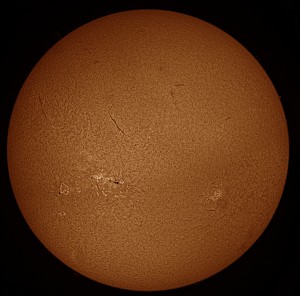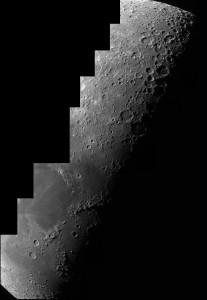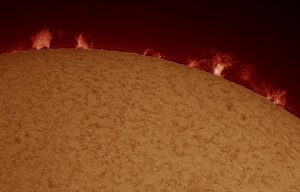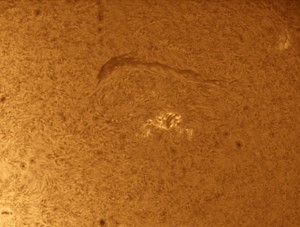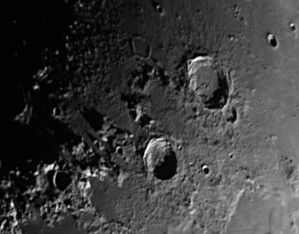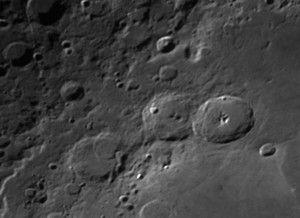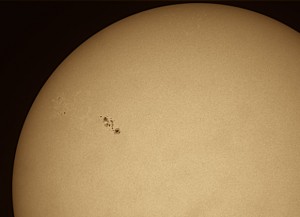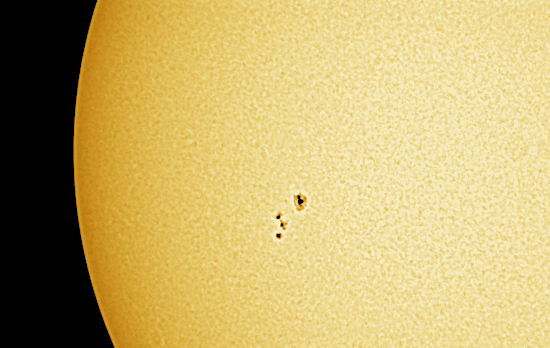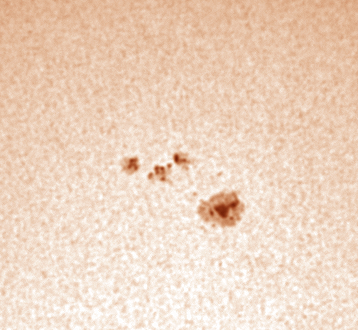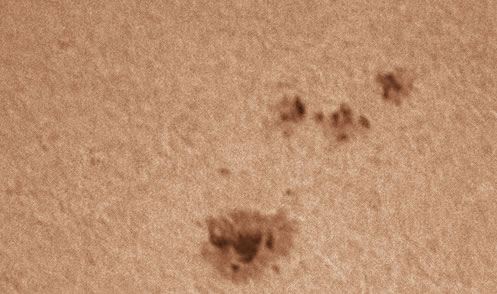QHY5 vs DMK21 for Guiding
I have always used my QHY5 for guiding, most of the time attached to a Skywatcher 9×50 finderscope and it has worked quite well.
But while at Kelling Heath this year I purchased an Altair Astro 80mm guidescope. Did I need to? I don’t know, may be a 60mm would have been a good upgrade as opposed to going for the larger 80mm. But anyway, I have now started to realise that the original QHY5 does suffer from some image degradation in the form of banding. (I do already use simple dark frames with the QHY5 camera).
Now instead of purchasing a QHY5 II Mono, I have been thinking about using my DMK21 AU618 camera instead.
I know the DMK21 sensor is half the size of the QHY5, so finding a guide star may be harder – but I bet the quality of the image will be a lot better. Plus it would mean I would not need to purchase a new camera but use the DMK21 that I already own.
So on the next clear night I shall try out the DMK21 for autoguiding and see what happens and report back.
UPDATE: 11th November 2014
Well last night I went out and tried the DMK21 for guiding. It worked OK, in Maxim DL the guiding calibrated OK. But the actual guiding itself was not that smooth, certainly not as smooth as when I use the QHY5.
I don’t think the small sensor and field of view is a major problem, as I found lots of stars in the field of view. But it could be because the DMK21 is only 640×480 – the sensor is so small you can’t bin the camera, so it lacks the sensitivity that you can get with the QHY5 camera when you bin the images as it’s 1280×1024 pixels.

